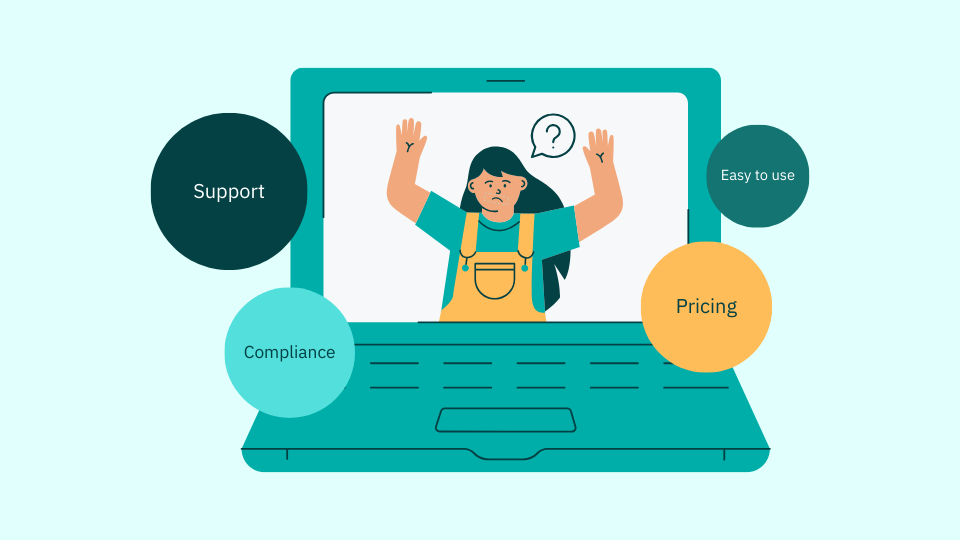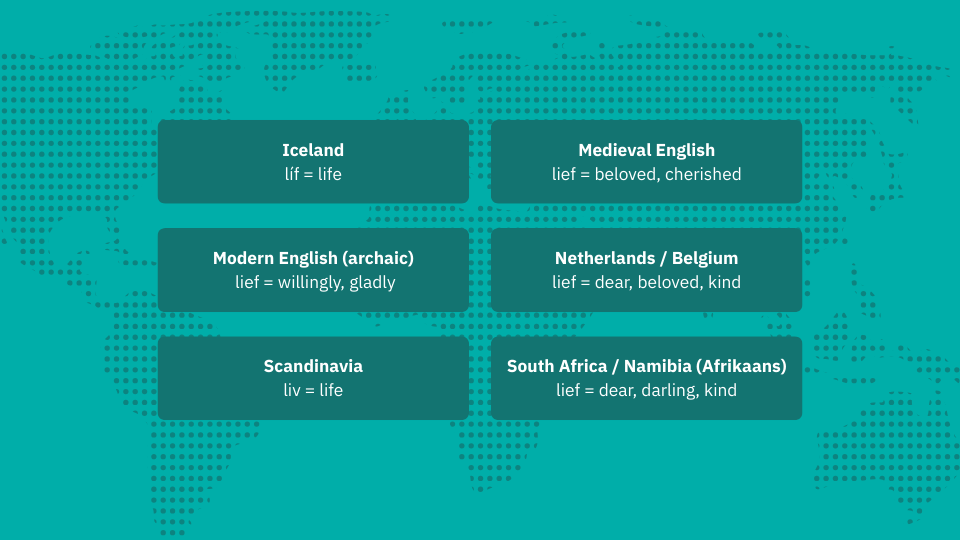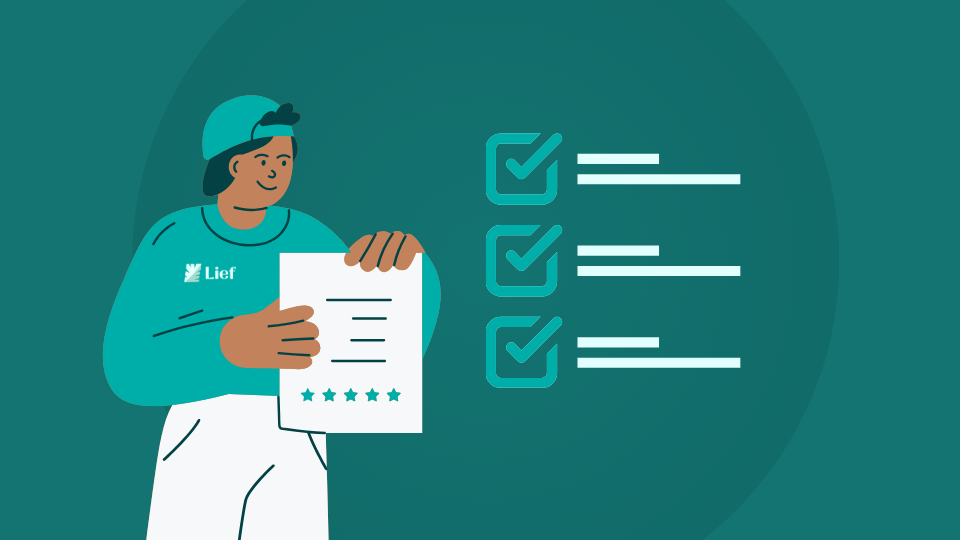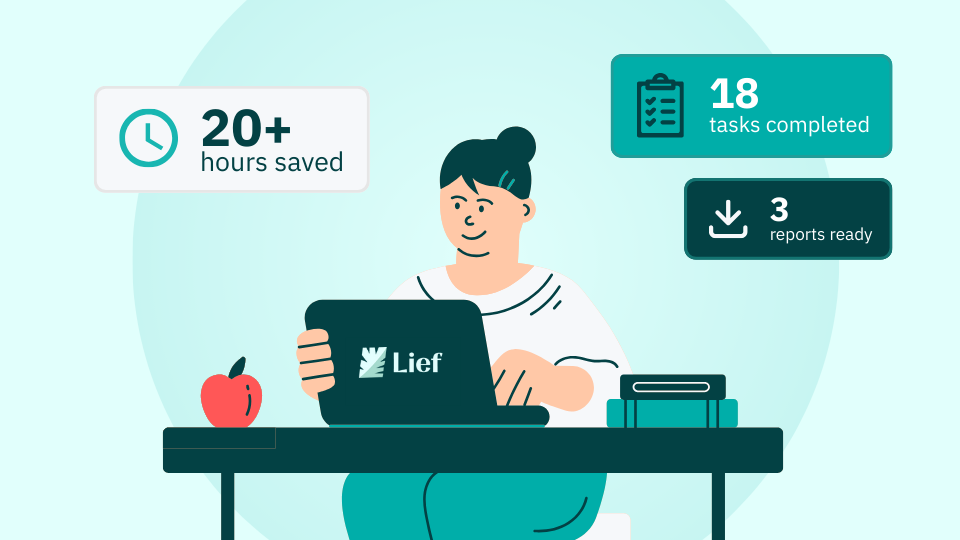TL;DR:
- ✅ All-in-one: multi-home, young-people profiles, rota, forms
- ✅ Usability: clean UI, mobile app, voice notes, AI summaries
- ✅ Compliance: GDPR, risk & safeguarding workflows, audit-ready reports
- ✅ Compatibility: exports to payroll/finance/care planning; data re-use
- ✅ Support: onboarding, ongoing, sector-aware team
- ✅ Value: transparent pricing, measurable time savings, risk reduction
- ✅ Proof & progress: testimonials, outcomes tracking, public roadmap
1) What should you define before comparing tools?
Start with your service reality so the software bends to you – not the other way round. List your non-negotiables:
- Operations: manage multiple homes, young-people profiles, rota and availability, document & form templates.
- Care scope: support from light-touch to complex care in one system.
- Impact: track outcomes you’re expected to evidence (e.g., placement stability, education, independence skills).
Quick exercise: Write 5 “must-do” user stories, e.g.
“As a Registered Manager, I need to generate a weekly safeguarding report across all homes in two clicks.”
2) Why does ease of use matter so much?
Your team’s time is precious; clunky tools quietly drain budgets.
- Clean, simple interface with clear navigation and minimal clicks.
- Mobile access & native app so staff can record on the move.
- Admin-slayers: voice dictation, AI-assisted summaries, repeatable templates.
Field test: Give a new starter 10 minutes, one task, no training. If they succeed unaided, the UI is doing its job.
3) How can software make compliance feel manageable?
Look for compliance “by default,” not as an afterthought.
- Data protection: secure handling of resident data and GDPR alignment (role-based access, audit logs, retention controls).
- Risk & safeguarding: structured risk assessments, alerts, review cycles, and escalation trails.
- Reporting: commissioner/inspector-ready reports you can tailor without exports and spreadsheets.
Ask to see: an end-to-end audit trail for a safeguarding incident—created, reviewed, actioned, evidenced.
4) Will it work with the systems you already use?
Avoid rip-and-replace. Favour interoperability.
- Flexible exports that mesh with payroll, finance, HR, and care planning tools.
- Data re-use across the organisation to reduce duplicate entry (single source of truth).
- Open mindset: APIs or import tools for clean onboarding of historical data.
Sanity check: Can you get your data out—cleanly and at no extra cost?
5) What support should you expect from the provider?
Great software with poor support still fails.
- Hands-on onboarding: guided setup, data migration help, role-based training.
- Responsive support: same-day answers, real people who understand supported accommodation.
- Learning hub: short videos, step-by-steps, and in-product tips for new staff.
Tip: Ask for the provider’s typical first-90-days plan.
6) How do you judge long-term value (not just licence price)?
Look beyond the sticker.
- Transparent pricing: no hidden fees for setup, training, or “extra modules.”
- Time saved: fewer admin hours per shift, faster reporting cycles, fewer errors.
- Risk reduction: better documentation, clearer actions, quicker escalations.
Back-of-envelope ROI:
If staff save 20 mins/shift × 30 staff × 22 shifts/month = 220 hours/month saved.
7) What proof & progress should you see?
Choose partners who ship improvements—and can prove impact.
- Roadmap: clear, realistic, shared with customers.
- Signals of fit: testimonials, day-in-the-life case studies, outcome metrics.
- Co-design: customer councils or feedback loops that turn requests into releases.
Ask for: three recent releases and the problem each solved.
Feature checklist (use this in demos)
Must-have | Why it matters | What good looks like |
Multi-site management | Mirrors your structure | Home-level settings, cross-org reporting |
Young-people profiles | Single source of truth | Key info, chronology, plans, attachments |
Rota & availability | Safe staffing, less scramble | Easy to track, handovers, useful filters |
Built-in forms | Consistency & speed | Templates, mandatory fields, autosave |
Mobile app | Record at point of care | , quick notes, secure login |
Voice & AI summaries | Cut admin time | Accurate transcripts, editable summaries |
Risk & safeguarding | Evidence & safety | Alerts, workflows, review schedules |
Reporting | Commissioner-ready | Custom, scheduled, exportable |
Data portability | Avoid lock-in | Bulk import/export, data migration support |
Security & GDPR | Trust & compliance | RBAC, audit logs, encryption at rest/in transit |
Onboarding & support | Adoption & longevity | Implementation plan, training paths, fast response |
Roadmap & releases | Future-proofing | Public roadmap, changelog, feedback loop |
A simple scoring rubric (keep it objective)
Weight what matters most to you, then score 1–5 per vendor.
Criterion | Weight | Vendor A | Vendor B | Vendor C |
Ease of use | 25% | |||
Compliance & safety | 20% | |||
Interoperability | 15% | |||
Support & onboarding | 15% | |||
Reporting & outcomes | 15% | |||
Total cost & ROI | 10% |
FAQ
What is supported accommodation software?
A digital system that centralises operations (multi-site, profiles, rota), record-keeping (forms, notes, incidents), and compliance (risk, safeguarding, reporting) for supported accommodation providers.
Is GDPR alignment enough for data protection?
It’s essential, but also check for role-based access, full audit trails, encryption, data retention controls, and secure mobile access.
How long does implementation take?
Typically a few weeks for small providers and a few months for multi-site organisations—depends on data migration and training cadence.
What should I budget?
Expect per-user or per-placement pricing. Focus on all-in costs (setup, training, exports) and time saved per month.
What evidence do commissioners want to see?
Clear outcomes, safeguarding actions, risk reviews, incident chronology, and consistent, timely records – ideally available in standard report formats.
What if my team isn’t “techy”?
Prioritise products that pass the 10-minute no-training test, with voice notes, prompts, and short, role-specific training.
You could start with booking a demo with Lief right here




